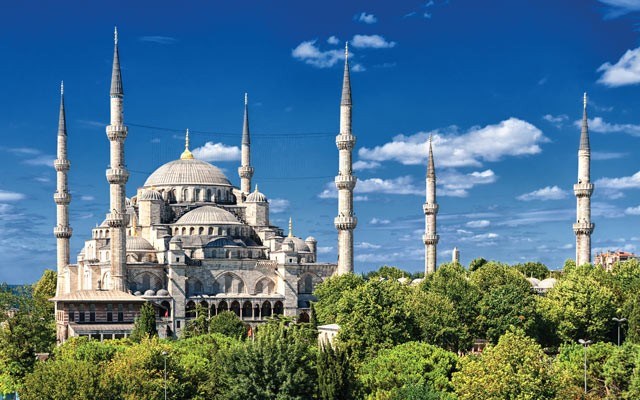Istanbul has been a "world city" for millenia, and visitors are discovering today that it is a special place: exotic, cosmopolitan, surprisingly friendly and culturally stunning.
Historians tell us there was a Mycenaean settlement here from around the 13th century BC, but little is known of this. We do know that Byzas the Megarian founded a Greek settlement here in the 7th century BC and this led to the name Byzantium. The town became an important centre of trade over the next thousand years, and in the 4th century AD, Constantine chose it as the site for the new capital of the Roman Empire. Thus Constantinople was born.
Constantinople grew to become a great city, protected by water on three sides and by a great wall on the other. Grand buildings were built and the city remained safe until the beginning of the 13th century when Christian crusaders sacked and destroyed much of it. The Byzantines finally regained control but the city fell to an Ottoman siege in 1453.
The name Istanbul was used in Turkish alongside the original Constantinople, during the period of Ottoman rule. This period saw a rebuilding of the city with new palaces and many mosques, and today these are some of the great attractions in the Old City. These make a fitting introduction to today's Istanbul.
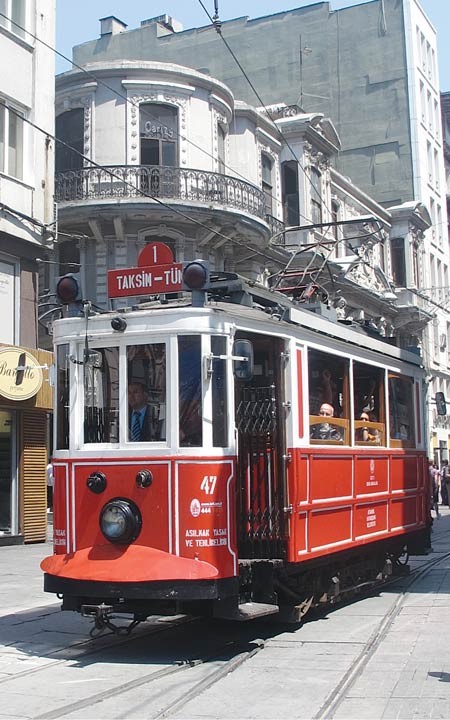
The 1,500 year-old Aya Sofya was once the greatest church in the world, then it became a mosque, and now it is a museum. For 1,000 years it had the largest dome and was the largest enclosed space on the planet. It is stunning.
Next is the nearby Topkapi Palace, the centre of power for the Ottoman Empire for 400 years. The many buildings are arranged around a series of courtyards on a spectacular site. It takes hours to explore here, and you come away with more questions than answers.
The Hippodrome is the site of a 2,000 year-old Roman stadium. Little remains, but it now forms a park and a fitting entrance to the attractive Blue Mosque. The size is what is breathtaking here, and the outside is hugely impressive; however, the interior, except for its 20,000 blue tiles, is rather gloomy and sterile.
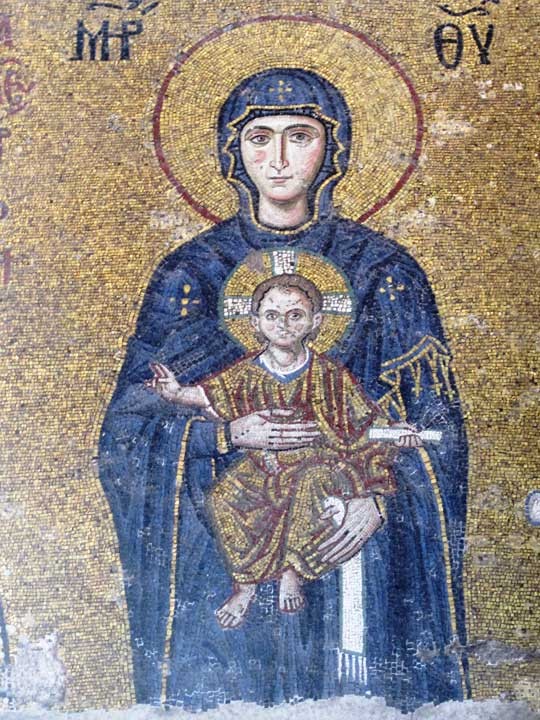
The same certainly can't be said about the Grand Bazaar. This bewildering home to 4,000 shops is colourful, confusing and utterly fascinating. We look at carpets, clothing, jewelry and ceramics without buying. We are greeted with cups of tea and a graciousness completely unexpected.
There are many more stunning mosques, underground reservoirs, museums, hamams, city walls and narrow alleys to explore in the Old City, and it's easy to spend several full days sightseeing and becoming immersed in the culture.
The Old City is just a fraction of the attraction, however, so we catch a tram to Kabatas and a funicular to Taksim Square. This is the heart of "New" Istanbul. Wide streets radiate through affluent suburbs where attractive, fashionably dressed women patronize up-market shops and boutiques.
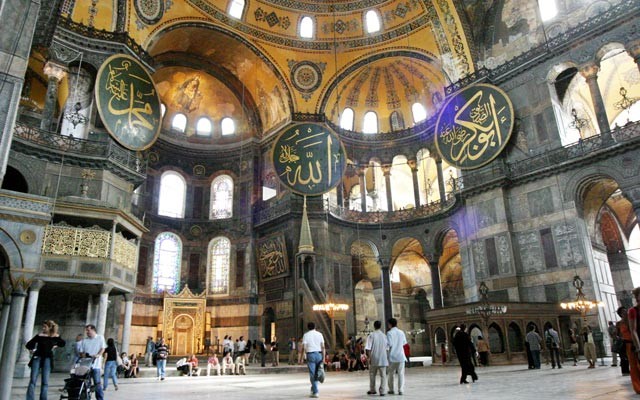
We walk down pedestrianized Istiklai Caddesi past restaurants, bars, international stores and foreign consulates. We stop for coffee, baklava, Turkish delight and a chance to watch the passing parade. Narrow laneways lined with little shops disappear downhill, providing many opportunities to get away from the tourist crowds.
Later we catch a ferry along the Bosphorus and watch as the mansions drift by. I am reminded that Istanbul is said to have more millionaires than any city but New York, Moscow and London. The villages could be in the Mediterranean or perhaps New England, but then something "Turkish" appears to remind me where I am.
As part of our trip we go to dinner with a local family on an Urban Adventure run by Intrepid. There is just us, the family of three and a guide. The family speak no English but our bilingual guide translates. We play with the two-year-old daughter then sit on the floor to enjoy a typical Turkish meal.
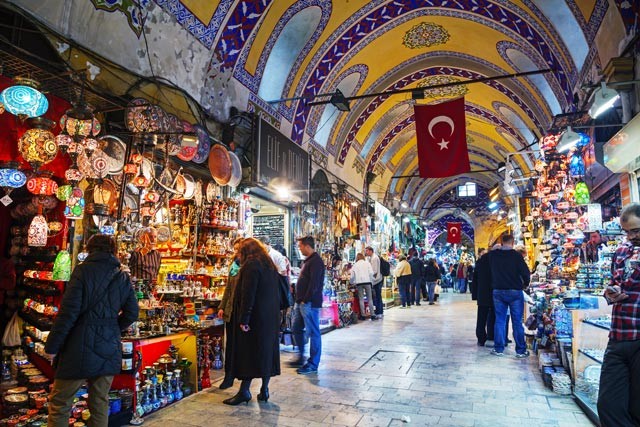
The home-cooked food is delicious and the atmosphere warm and relaxed. We have brought some fresh baklava as a small gift and we all enjoy it for dessert. We feel very privileged to get this insight into their lives and it will long remain a highlight of Istanbul. We recommend this to everyone.
One evening we walk the cobbled back streets and drop into a local tea house. While drinking tea, sampling a water-pipe, playing backgammon and enjoying views over the Marmara Sea, we discuss Turkey and its quest for membership of the European Union with some of the regulars.
Many in Istanbul see a future in Europe, but the present government seems reluctant to give up the culture of its Eastern roots. Some expressed concern about corruption and a dictatorial attitude that they say will never be accepted by Europe. Only time will tell.
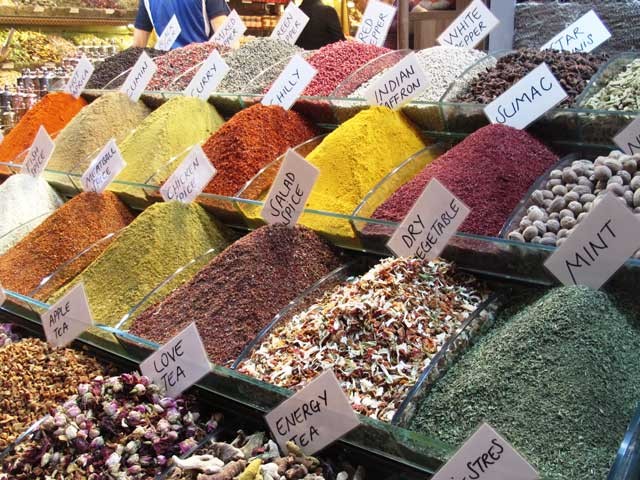
The choice of accommodation in the city is overwhelming. There are international chain hotels, locally-owned properties of all types and hostels for budget travellers. Another option is short-time rental. Some of the up-market properties rank with the best in the world.
Food is one of the real joys of the city. There are many interesting dishes in Turkish cuisine which is a mixture of western Asian, Middle Eastern and Balkan cuisines. Take the time to explore the menu, or just drop into a local eatery and point to something that looks good. You are unlikely to be disappointed.
Istanbul takes time to explore. Sure, the highlights can be seen in a few days, but on our first trip we left after six nights knowing it had not been enough for us. Subsequent visits have confirmed that there is so much more to see and do.
Len Rutledge is the author of Experience Istanbul available as an e-book from Amazon at http://www.amazon.com/dp/B00IR1X5K6

